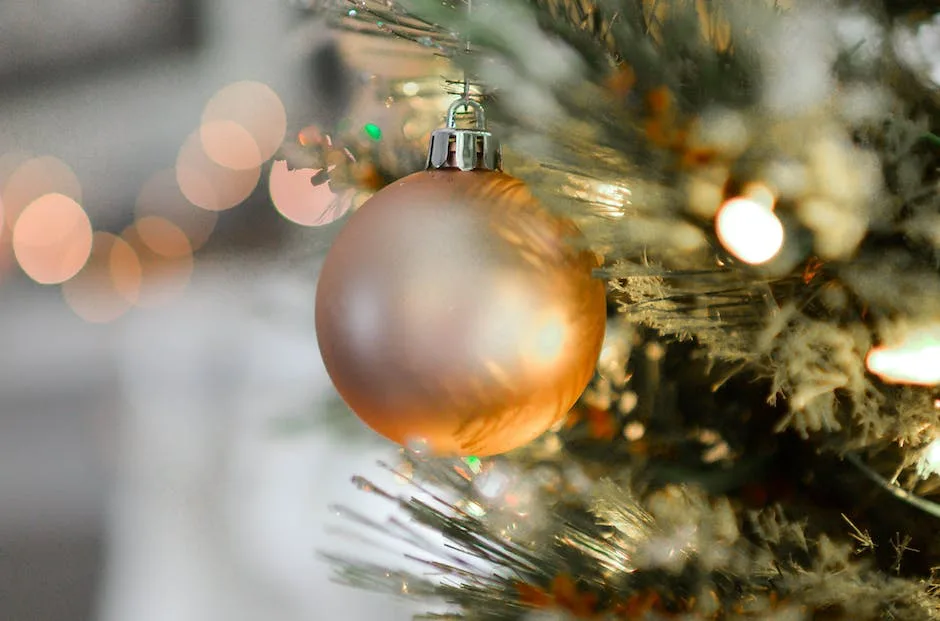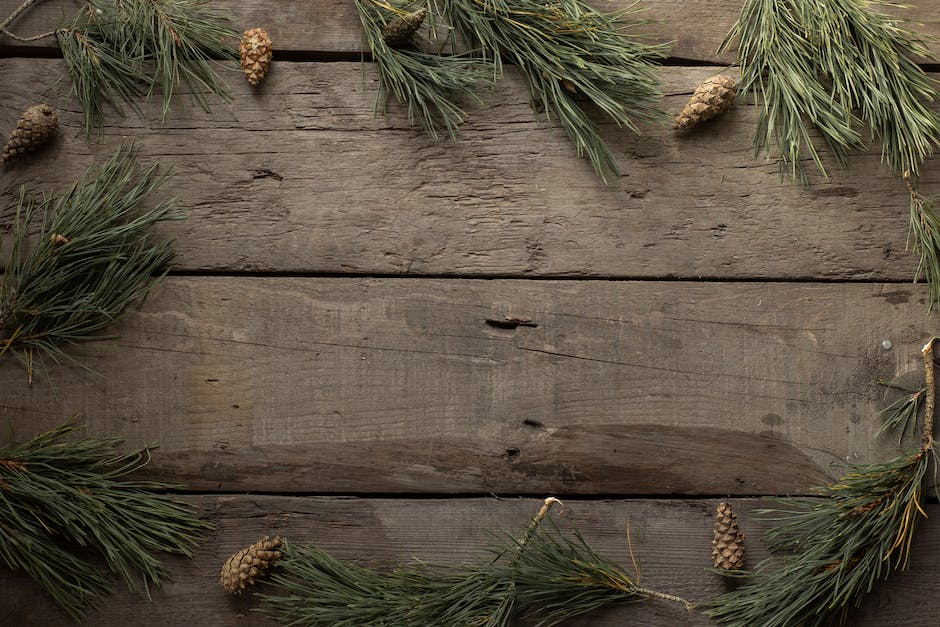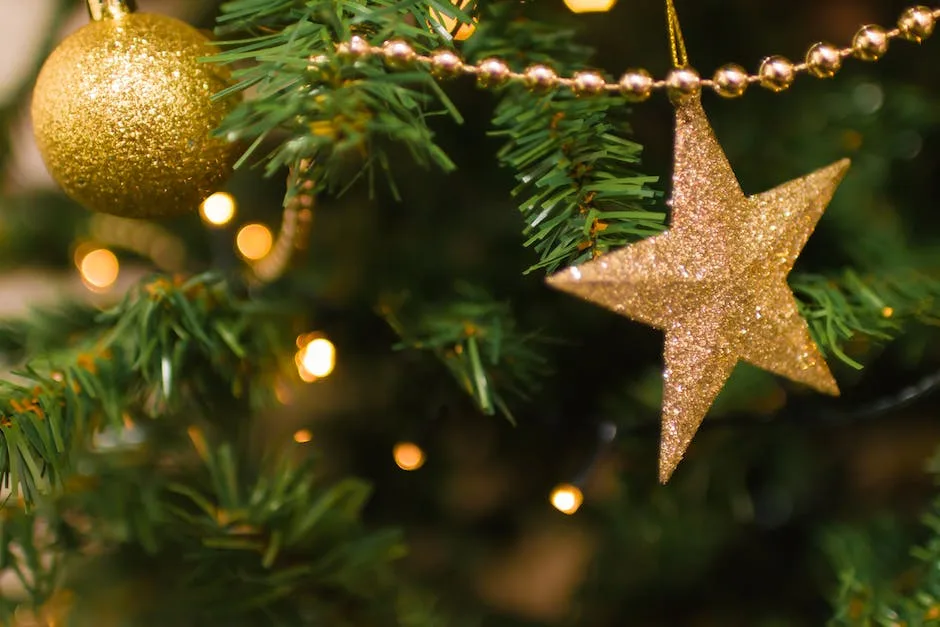Pine trees are a lovely addition to any home, but they can be difficult to manage. If you’re not careful, you can easily kill a pine tree while trimming it. Here are a few tips to help you trim your pine tree without killing it.
You can trim a pine tree without killing it by following these steps:
1. Choose the right time of year to trim your pine tree. The best time to trim a pine tree is in the late fall or early winter.
2. Use the correct tools. When trimming a pine tree, you should use sharp pruning shears or a saw.
3. Make sure you do not cut more than one-third of the tree’s foliage. Trimming more than one-third of the tree’s foliage can damage the tree and make it more susceptible to disease and pests.
4. Make clean cuts. When trimming your pine tree, make sure to make clean, even cuts.
5. Do not over-trim. Avoid trimming too much of the tree’s foliage, as this can also damage the tree.
Should you cut the bottom branches off a pine tree?
Pine trees can be pruned to remove lower branches if desired. This will not damage the tree and can actually be beneficial. Removing the lower third of the crown can help improve access to the area under the tree.
Pine trees should be trimmed in the late winter to early spring. However, if the tree is damaged or diseased and there is a risk of falling branches, you should start trimming as soon as possible. If you can, avoid trimming in late summer or fall.
What happens if you cut the top off a pine tree
It is not recommended to remove the upper main stem of a large evergreen tree, as this can lead to internal decay, disease, or damage from insects. Topping also removes the most productive portion of the tree.
When pruning a pine tree, it is important to cut all the way back to the collar, or thickened area near the trunk. If you are cutting a branch that is more than an inch (25 cm) in diameter, don’t make one cut from top to bottom, as this may strip the bark down the trunk when the branch breaks free.
Why do people cut the bottom of pine trees?
Pine trees are often over trimmed at the bottom, which can lead to expectations of more room and new growth. However, dead or infected branches should be cut to improve the health of the tree. Just be careful not to over prune the pine tree base.
If a tree doesn’t produce root sprouts, then it’s unlikely it’ll regrow. Instead, the roots will eventually decompose. Trees like pines, oaks, and maples do not grow back from roots. Conversely, some tree species aggressively sprout from the roots even after the tree is cut down and the stump ground up.
How much of a tree can you cut without killing it?
Pruning trees is important to maintain their health, but it is important not to overdo it. Removing more than 15% of the foliage can stress the tree and make it more susceptible to disease. If you need to make room for other plants, it is better to remove the tree completely.
When a tree is topped, it will start to grow thin twigs, known as water sprouts. These need to be allowed to reach the original height of the tree before pruning. Patience is key when restoring a topped tree. There is no quick fix for its buzz cut.
Do pine trees fall over
Evergreen trees are more likely to come down in high winds because their canopy creates a “windsail effect.” The dense, heavy foliage catches the wind and puts extra strain on the tree, eventually leading to breakage or uprooting. Pines are particularly susceptible to this problem because their needles are especially long and dense.
Although it may be time-consuming, raking up pine and fir needles, as well as removing fallen branches and pine cones, is a good way to help protect your home from fire. By doing so, you create a buffer zone that will make it more difficult for a fire to spread. In addition, it is also important to keep gutters and rooftops clear of debris.
Why do people put pine needles around trees?
Pine needles make an excellent mulch for both the growing season and winter. They help to keep weeds down and retain soil moisture while also providing a thick protective layer over tender plants.
Pine straw is an effective way to keep your plants healthy and hydrated. It helps to prevent evaporation of water from the soil and keeps the roots of your plants cooler in hot weather. Pine straw also helps to prevent soil compaction and erosion.
What is the lifespan of a pine tree
Pines are long lived and typically reach ages of 100–1,000 years, some even more. The longest-lived is the Great Basin bristlecone pine (P longaeva). One individual of this species, dubbed “Methuselah”, is one of the world’s oldest living organisms at around 4,800 years old.
It’s important to know how much of the tree canopy to remove when thinning branches. For large trees, it’s beneficial to remove end portions of limbs between 1 to 4 inches in diameter. This helps the tree to stay healthy and strong. Small ornamental landscape trees and fruit trees can be thinned by removing smaller limbs between ¼ to ½ inch thick. This allows more light and air to reach the tree, which will help it to stay healthy and flourish.
What is the difference between tree trimming and pruning?
Trimming and pruning are both important for the proper growth of a tree. Trimming helps boost the growth of a tree by removing extra branches and overgrowth that can prevent the tree from getting the moisture and nutrients it needs. On the other hand, pruning is done in order to remove infected, diseased, or dead branches from a tree. Both trimming and pruning are important for maintaining a healthy tree.
If you don’t want to cut off leaf and flower buds, then don’t do fall pruning. Fall pruning may remove the leaf and flower buds that a tree has already set during summer growth. These buds stay dormant through winter months and bloom the following spring.
Where do you cut when pruning
Pruning is a very important part of plant maintenance, as it can help promote new growth and keep plants healthy. However, it is important to know where to cut in order to avoid damaging the plant. Always prune back to a bud or growing point, or to the soil line. Never leave a stub, as this can damage the plant. Topping a tree is also not advisable, as it can ruin the tree’s natural shape and make it more susceptible to diseases, pests, and storm damage.
If your trees are brown from July/August until November, they are likely dead. This is regardless of beetle attack; a pine cannot survive being brown for that long without any green foliage.
What is top of pine tree called
The terminal bud is the main source of growth for a coniferous tree. The terminal bud produces a hormone that inhibits side branch growth. This results in the tree growing taller and narrower, with most of the growth happening at the very top of the tree.
Pine wilt disease is caused by tiny worms called pinewood nematodes and beetles called sawyers that work together to quickly discolor and kill pine trees. This disease is particularly harmful because it’s hard to spot until the tree is already severely infected. If you think your pine tree may be affected, contact a professional arborist immediately.
What are the disadvantages of pine trees
Pine trees have several disadvantages that make them less than ideal for certain situations. One of the main disadvantages is that pine trees drop needles, which can be a nuisance. Additionally, pine trees exude a sticky sap that can be difficult to remove. Finally, pine trees require an acidic soil pH to thrive, which may not be available in all locations.
If you examine a few pine needles from different parts of the tree and find brown spots, it is possible that the tree has a disease. Brown stripes or brown clumps in the center of the needles may be indicative of a problem. If you notice any of these symptoms, it is important to contact a qualified arborist or tree care professional for diagnosis and treatment.
How far should a pine tree be from a house
If you have a tree that is close to your house, you need to be aware of how far below ground its roots extend. This is important because if the roots extend too far, they could damage your foundation. Always err on the side of caution and plant trees at least 15 feet away from your house.
Pine needles can be a pain to deal with, especially if they’re left to accumulate on the ground. They can choke out grass or flowers, making it difficult to maintain a neat and tidy garden beneath a tree. The best way to deal with pine needles is to rake them up regularly, or blow them away with a leaf blower.
Conclusion
If you want to trim a pine tree without killing it, you will need to follow a few simple steps. First, you will need to identify the parts of the tree that you want to remove. Second, you will need to cut the branches using a sharp knife or saw. Finally, you will need to sealing the cut to prevent the tree from dying.
When it comes to trimming a pine tree, it is important to be very careful. If you are not careful, you can easily kill the tree. There are a few things that you need to keep in mind when you are trimming a pine tree. First of all, you need to make sure that you are not cutting too much off the tree. If you cut off too much, it can damage the tree. Second, you need to be careful not to damage the bark. The bark is very important to the tree and if you damage it, the tree can die. Finally, you need to be careful not to trim the tree too close to the ground. If you do this, the roots can be damaged and the tree can die.
Mark Hoffman is a dedicated arborist and tree care specialist with over a decade of experience. His love for trees began when he visited Yosemite National Park as a teenager and was awestruck by the giant sequoias. Mark pursued his passion by studying forestry at Michigan Technological University, where he earned a Bachelor of Science degree.
Since then, he has worked tirelessly in the field of arboriculture, helping to preserve and protect trees in his community. His expertise and dedication have made him a respected leader in the industry and a valuable resource for anyone seeking advice on tree care.
